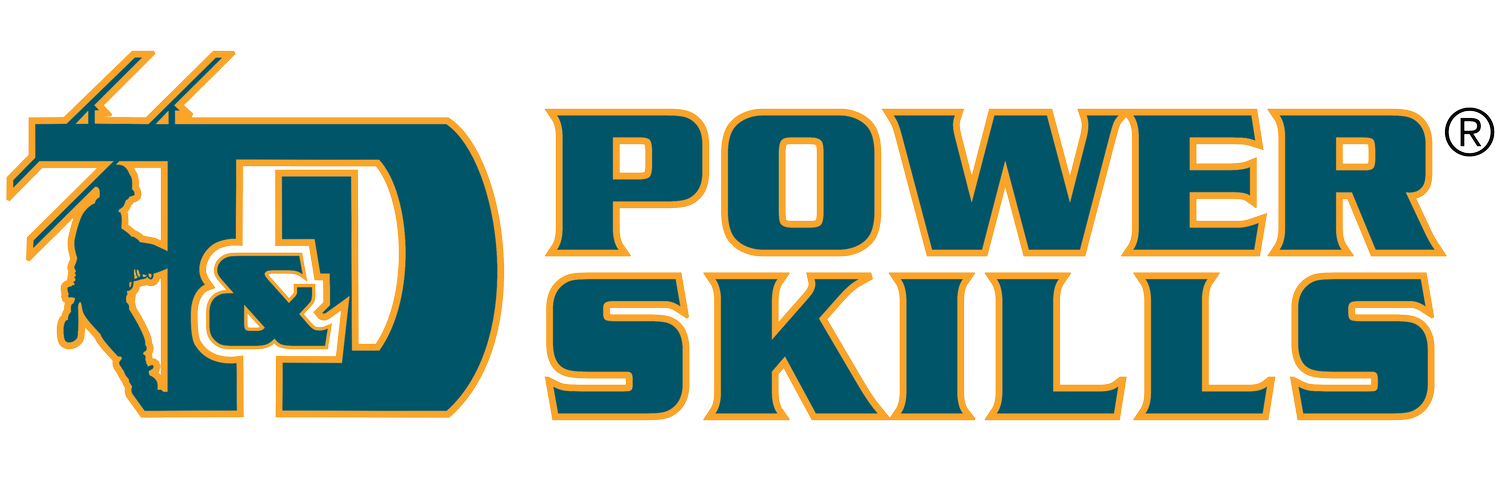Using Line Test Equipment
COURSE DESCRIPTION
Line test equipment includes a variety of devices used to detect and measure electrical values in transmission and distribution systems. This program presents basic information on how to use common types of line test equipment to detect amperage and voltage in the field. The program shows how to use the equipment and discusses the kinds of readings that can be expected from line test equipment.
COURSE GOALS
Identify types of line test equipment commonly used in the field.
Demonstrate how to use ammeters, voltmeters, and voltage testers.
Describe the types of readings expected from ammeters, voltmeters, and voltage testers.
SUBJECTS AND OBJECTIVES
Introduction to Test Equipment
Determine the correct testing device to use for a particular application.
Describe how to obtain an accurate reading from a line test device.
Ammeters
Explain how to use a clamp-on ammeter.
Explain how to use a recording demand ammeter with a maxitran.
State the function of a maximeter.
Voltage Testers and Voltmeters
Describe the basic operation of a voltage test device.
Describe how a noisy tester is used.
Explain the difference between a needle indicating voltmeter and a digital indicating voltmeter.
Describe how to use a phasing tool.
Describe how to use a recording voltmeter.
Application of Voltmeters
Describe how a lineworker uses a voltmeter to troubleshoot a non-working streetlight.
Describe how a voltage test device, a voltmeter, and a recording voltmeter are used together to troubleshoot a low voltage complaint.
Explain how a phasing tool is used.
Rotation Indicators
In general terms, explain how three-phase AC power is generated.
Describe how a rotation indicator is used to indicate the direction of three-phase AC power.
Ground Resistance Test Devices
List the parts of a typical ground resistance test device.
Describe how a typical ground resistance test device is used to test the resistance value of a ground.
